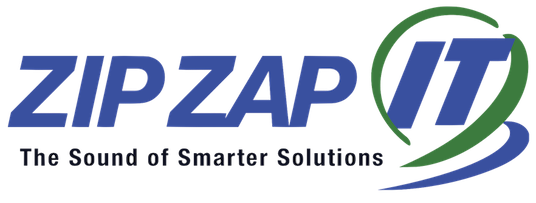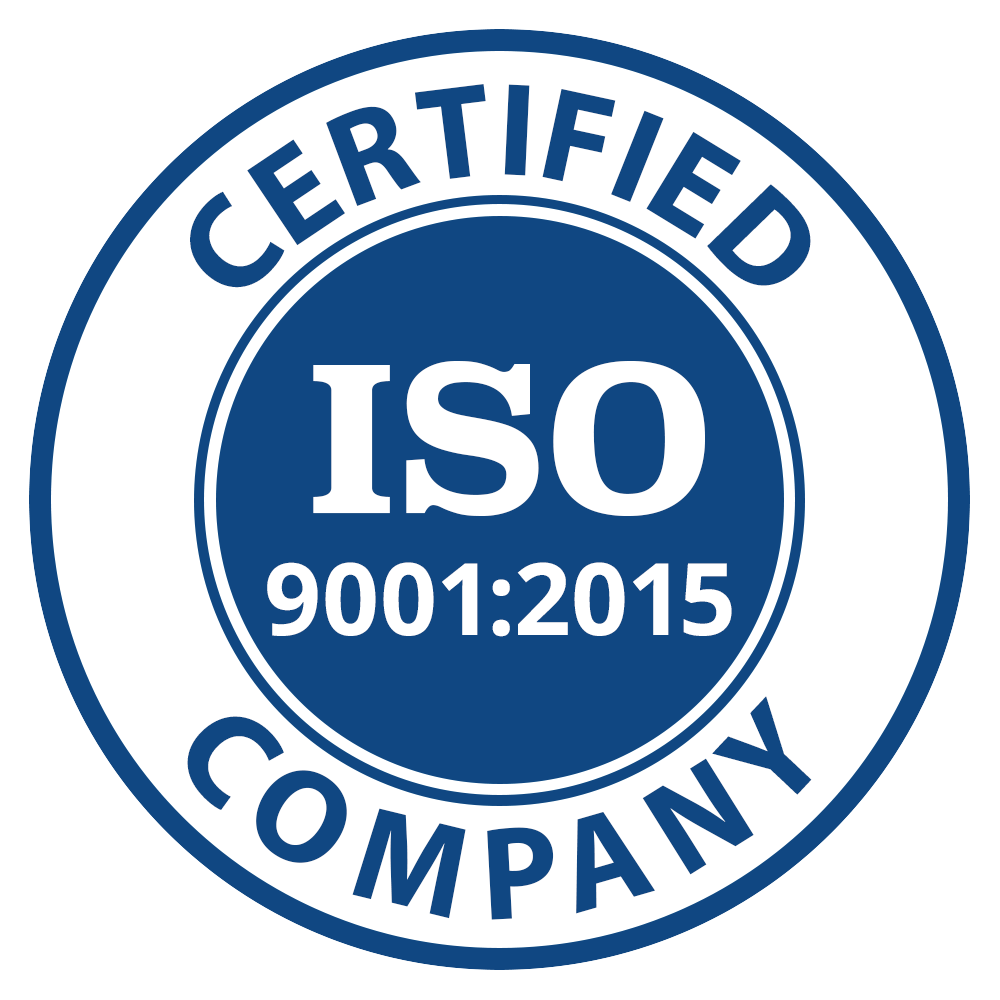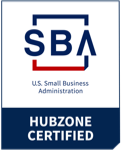Enterprise Architecture (EA) Guidelines
 By: Marwan Abu-Fadel 06/25/2013
By: Marwan Abu-Fadel 06/25/2013The Federal CIO Council released the
common approach to federal enterprise architecture under the authorship of OMB. This approach promotes increased levels of mission effectiveness by standardizing the development and use of architectures within and between Federal Agencies. To this end, principles and standards are specified for designing and using EA to help agencies eliminate waste and duplication, increase shared services, close performance gaps, and promote engagement among government, industry, and citizens. It was designed to accelerate Agency business transformation and new technology enablement by providing a methodology for intra- and interagency standardization for data sharing, reuse, and transparency to increase agility and reduce duplication and total cost of ownership across the Federal government.The meta-model for the Common Approach is depicted in the figure to the left. The Common Approach provides integration points with other governance areas including strategic planning, capital planning, program management, human capital management, and cyber security.
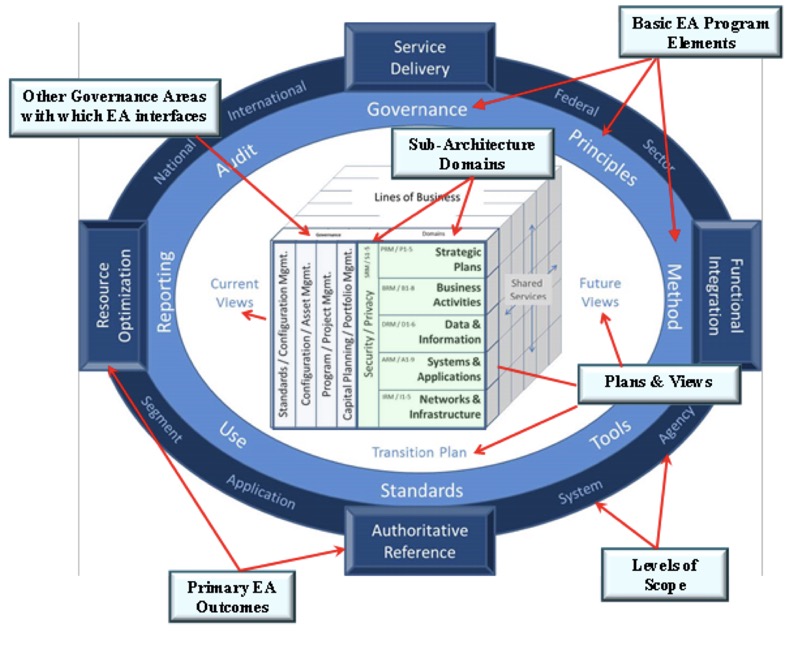
The Federal Enterprise Architecture Framework (FEAF), Version 2.0 is depicted by the cube in the center of the figure. The major doxmains of this architecture are: (1) Strategy; (2) Business; and (3) Technology. It is further delineated into six sub-domains: (1) Strategy; (2) Business; (3) Data & Information; (4) Systems and Applications; (5) Networks & Infrastructure; and, (6) Security & Privacy. As can be seen in the following diagram, all sub-domains, except Security/Privacy, are hierarchical in nature. Security, on the other hand, transcends all sub-domains in that security controls must be built into every layer of the architecture.
The Federal Enterprise Architecture Framework V 2.0, released on January 29, 2014, equips Federal agencies with a common language and framework to implement the Common Approach across Government.
FEAF II Consolidated Reference Model (CRM)
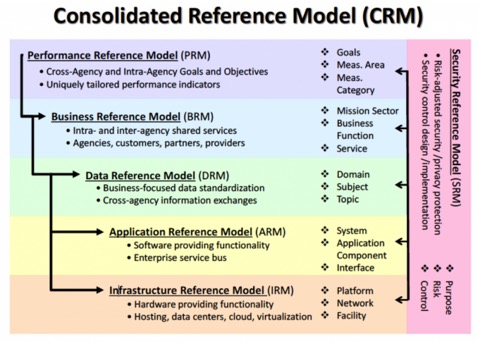
The purpose of each FEAF-II reference model is as follows:
PRM – to link agency strategy, internal business components, to both portfolio assets and investments.
BRM – to describe an organization through a taxonomy of common mission and support service areas instead of stove-piped organizational views, to promote intra- and inter-agency collaboration.
DRM – to facilitate the discovery of data residing in “silos,” enable an understanding of how to access it, its meaning, and how to leverage it to support performance results.
ARM – to categorize the system- and application-related standards and technologies that support the delivery of service capabilities, allowing agencies to share and reuse common solutions and benefit from economies of scale.
Overall Concept
The Common Approach to Federal Enterprise Architecture (FEA) provides a unified strategy for designing business, information, and technology structures across the U.S. federal government. It aims to standardize these architectures within and between agencies and their external partners. This framework, integrating with strategic and capital planning, program and human capital management, and cybersecurity, guides agencies in aligning their IT and business processes with their missions. By implementing an EA roadmap, agencies can achieve efficiency, cost savings, and better service delivery. The approach encourages principles, methodologies, reference models, and governance, ensuring responsible management of taxpayer funds. Ultimately, it supports a collaborative, transparent government, improving federal programs and services, and reducing IT spending yet buildimg better solutions.
Lorem ipsum dolor sit amet, sapien platea morbi dolor lacus nunc, nunc ullamcorper. Felis aliquet egestas vitae, nibh ante quis quis dolor sed mauris. Erat lectus sem ut lobortis, adipiscing ligula eleifend, sodales fringilla mattis dui nullam. Ac massa aliquet.
